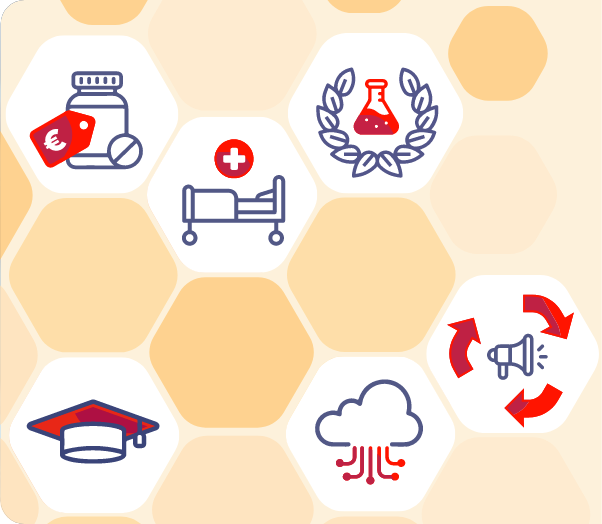A stroke is a common and disabling disorder that often affects arm activities. After stroke intensive arm therapy is essential for gaining and retaining functional improvements. However, due to high costs, therapist shortages, patient burden, and adherence issues, intensive arm treatment is underutilized and will become increasingly challenging in the future. Therefore, there is an urgent need for sustainable, technology-supported, and motivating home-based treatment, with therapist supervision only when necessary.
The Focus
The multidisciplinary ArmCoach4Stroke project aims to develop and evaluate an interactive and innovative therapy aid using movement sensors to enhance daily arm use and exercise at home. This system provides personalized feedback to patients and therapists based on objective data, promoting tailored therapy outside clinical settings.
The Research
The ArmCoach4Stroke system consists of two sensor/feedback wrist units, additional exercise sensors, and a tablet application for real-time performance monitoring and therapist-defined exercises. The system is easy to use and patient friendly. Patients receive vibrotactile feedback to encourage arm usage (based on pre-set targets), while exercise exercise performance is quantified in quantity (e.g. numbers of repetitions) and quality metrics (e.g. speed). The summary data from daily activities and exercises are transmitted for remote monitoring, facilitating direct patient-therapist interaction and improving rehabilitation outcomes.
By collaborating with patients, therapists and other (end)users, ArmCoach4Stroke aims to optimize implementation in healthcare, filling a crucial gap in intensive arm therapy for stroke survivors and enhancing their daily function and quality of life. ArmCoach4Stroke makes rehabilitation care more efficient and sustainable for this vulnerable and growing group.
Origin
This project is funded within the Innovative Medical Devices Initiative (IMDI) program 'Heart for Sustainable Care'. The focus of this program is the development of medical technology for the earlier detection, monitoring, and better treatment of cardiovascular diseases to ensure accessible healthcare and sufficient staffing. The program has been developed en funded by the Dutch Heart Foundation, ZonMw and NWO, who collaborate within the Dutch CardioVascular Alliance.
